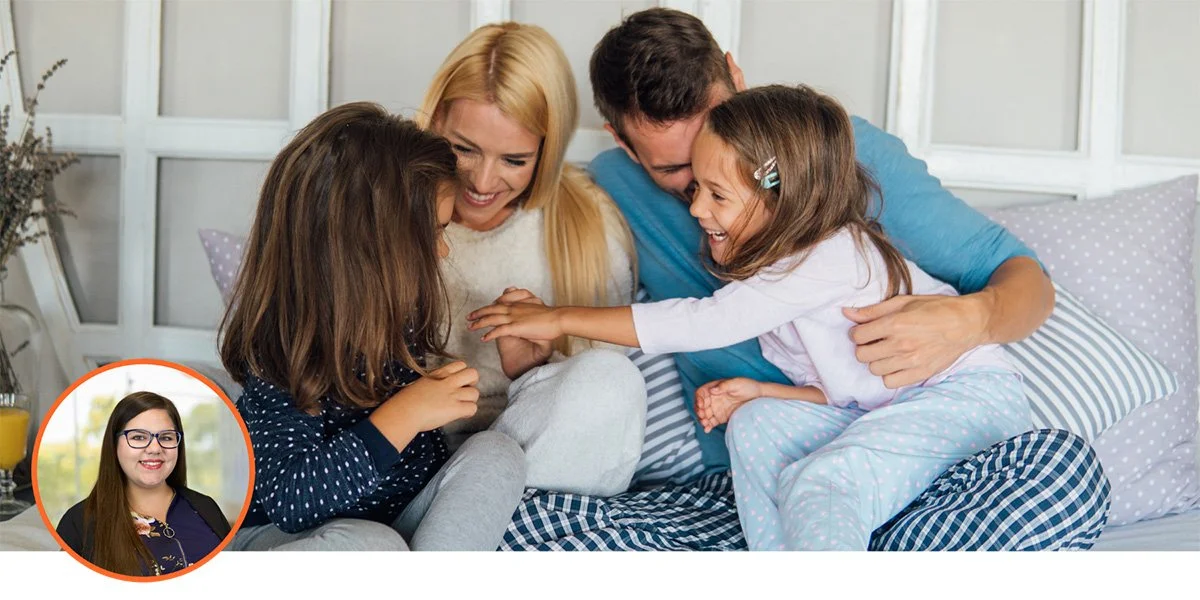How Attachment Impacts Relationships
Our society values individualism and pushes each of us toward relying on ourselves rather than reaching out for support. Think about me messages, do your own work, keep your eyes on your own paper, figure it out on your own. Go to your room until you calm down or can act “right.” If we reach out too much we can get labeled as needy, clingy, or co-dependent. The messages that value individualism and self sufficiency are all around us. For those of you who have experienced this the act of reaching out for support can be seen as a sign of weakness. However, it is human and natural for us to gravitate toward other people for support during distress. All too often we view this form of connection as dependency, rather than the support that we need. In reality, as humans we need others for support, to grow independently, together.
We need these attachments to create a sense of safe connection, support, and to gain empathy.
Attachments in relationships are a natural course of people, and we all have different strategies or styles for how we typically attach ourselves to others. Some people may be more open to reaching out to their attachment figures in distress, while others may find themselves taking steps away from that support. Neither of these are better or worse than the other, just different from each other.
Why is attachment important?
Attachment begins as early as birth with our primary caregivers, and extends to the grave with the significant relationships we develop within our lives. Attachment typically begins with our parents, this relationship serves as a sort of foundation for how we interact with later- romantic attachment partners. It is important to note that while attachment with parents and romantic partners are both relational, they are very different from one another as well.
In child-parent attachment relationships, the adult serves as a model and the responder to the child’s cues and needs. While in adulthood romantic relationships, these attachments are more reciprocal in nature as you rely on each other. In both forms of these attachment relationships, our attachment strategies influence our emotions and behavior.
It is when two people in the attachment relationship are mis-matched that some problems may arise between them. The core issue is that there is emotional disconnection between the two people in the attachment, due to these differing attachment strategies. Taking time to explore your own attachment strategies can help you understand yourself and ultimately impact your relationship with your attachment figure(s).
How Attachment Can Affect Us
Disconnection between attachment figures, whether it be between caregiver and child or two romantic partners, look very similar. There is a five step process that you can begin to notice and explore in your own relationships.
Reach for connection (you ask your partner, are you there for me?)
Emotional disconnection (they are not accessible, responsive, or emotionally engaged)
Push for connection (there is another bid for connection)
Turn away (due to the pain of disconnection there is a hesitation to reach out)
Meltdown of emotion (this leads to a fracture in the attachment relationship).
While this disconnection dance may or may not be reflected in your important relationships, exploring ways to stay engaged and on the same page as our partners is a skill we can all practice. This will help us feel more emotionally connected to those important to us, and allow us to feel safer in our relationships. Feeling safer in our relationships can lead to feeling more secure and balanced in your personal life as well.
What can you do to begin creating a stronger connection and attachment?
To create a lasting love and connection, creating emotional connection is important. When you are having a difficult conversation, or just small talk, small moments of attentiveness, responsiveness, and engagement are essential in creating a lasting connection. While a simple mis-match in emotional connection may not cause a huge conflict in the moment. Overtime, these “misses” lead to feelings of disconnection in relationships.
These three simple steps can help you and your partner to turn moments of disconnection, to moments of connection. It is all about paying attention, being responsive, and active engagement with your partner.
To test out this skill, ask each other: ARE you there, emotionally?
Attention: Is your partner available to you when you need them to listen to “be there”? Do you feel connected to each other in your relationship? Are you available for your partner when they need you?
Responsiveness: Even during difficult times, do you feel as though you can lean on your partner for emotional support? Do you find comfort in each other?
Engagement: Are you comfortable sharing your hardships, successes, and random thoughts with your partner? Do you both feel engaged in each other's lives, and understand each other?
If you feel disconnected with your partner, or just want to understand your attachment more, try answering these questions with your partner and explore how you two ARE there for eachother. It may help you both understand these feelings of disconnection in your relationship, and begin building a stronger connection through being available, responsive, and engaged in each other's lives.
If you want to learn more about attachment in relationships and fostering a strong connection, please call us at Guidepost Counseling for Wellness to schedule a free consultation with one of our therapists.

